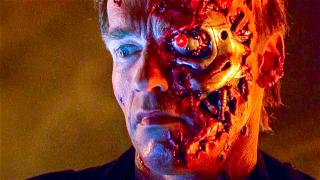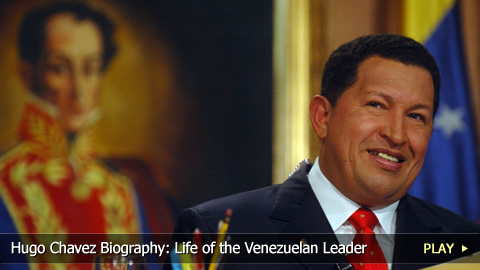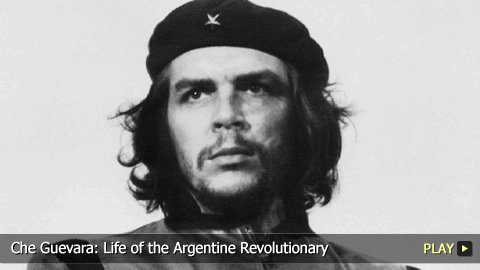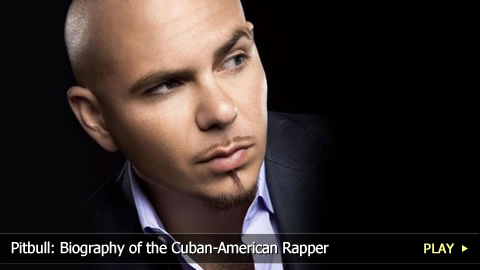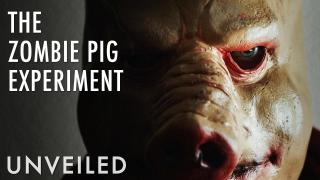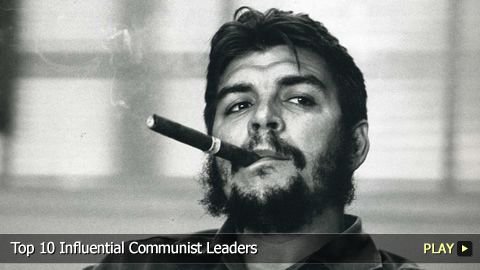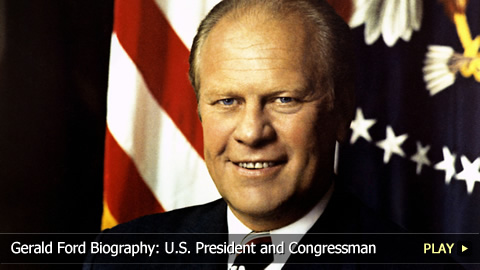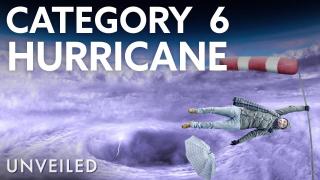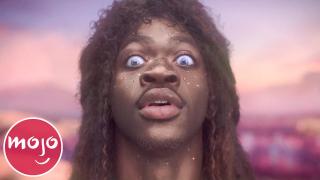Fidel Castro: Life of the Cuban Leader
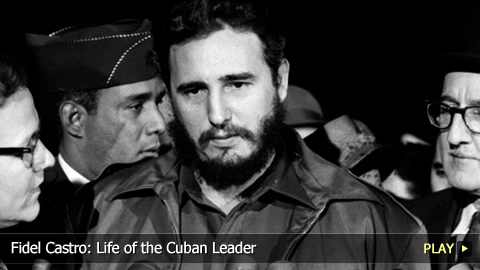
Interest in Politics
Top 10 Action Movies Without a Love Interest
As a University of Havana law student in the 1940s, Castro became interested in politics. He started to believe in anti-imperialism and that American influence harmed the Cuban government. After witnessing violence against student protesters, Castro began advocating for social justice and joined the socialist organization Partido Ortodoxo.
Marxism
While publicly critiquing Cuba’s social and economic inequalities, Castro revealed his particularly leftist point-of-view. He soon aligned himself with Marxist ideas, including the theory that only a working-class revolution would incite political change. After graduation, Castro campaigned for a Cuban parliamentary seat; however, those elections were cancelled when General Fulgencio Batista staged a military coup in 1952 and seized power.
Batista
Many Cubans considered Batista’s regime a dictatorship, and Castro unsuccessfully attempted to legally remove him. In 1953, he and several dissidents attacked the Moncada military barracks as part of a group called The Movement. This botched attempt resulted in Castro’s arrest and a 15-year prison sentence, but it also exposed the ruthless methods of Batista’s army and government to other Cubans.
The 26th of July Movement
Hugo Chavez Biography: Life of the Venezuelan Leader
While imprisoned, Castro developed what became known as the 26th of July Movement with fellow jailed supporters and outside activists. In 1955, he and the other prisoners were released in a politically-based amnesty.
Che Guevara
Che Guevara: Life of the Argentine Revolutionary
Shortly thereafter, Castro met Argentine Marxist revolutionary Ernesto “Che” Guevara in Mexico, and he joined the cause. In 1956, they returned to Cuba with a group of armed radicals. Though most were executed or taken prisoner, Castro, his brother Raúl, Guevara and a few others eluded Batista’s guards.
Cuban Revolution
Pitbull: Biography of the Cuban-American Rapper
The survivors convened at the Sierra Maestra mountain range, and spent two years building a rebel army. Castro and his forces then executed guerilla attacks on Batista’s men. The Cuban Revolution grew across the country, as did international disapproval of Batista’s regime. Bastista resigned at the end of 1958 and Castro was considered a hero upon his return to Havana. On February 16th, 1959, Castro was sworn in as prime minister of Cuba.
Castro as Prime Minister
Castro then initiated several radical policies: in addition to land reforms and the nationalization of American businesses and private plantations, he also strengthened ties with the Soviet Union. These actions eventually compelled the U.S. to end diplomatic relations and to impose a trade embargo against Cuba.
Bay of Pigs and Communism
Did Scientists Just Prove Life After Death - With Zombie Pigs? | Unveiled
In 1961, the United States unsuccessfully attempted to remove Castro from power with the Bay of Pigs Invasion. That same year, Castro pronounced his Marxist-Leninist beliefs and announced Cuba would implement communist policies.
Cuban Missile Crisis
1962’s Cuban Missile Crisis almost resulted in nuclear war. To resolve the situation, the U.S. promised to avoid future Cuban invasions and to withdraw its missiles from Turkey if the USSR removed its weapons from Cuba. Despite this agreement, the CIA attempted to assassinate Castro multiple times throughout his leadership.
Communist Party Rule
Top 10 Influential Communist Leaders
Over the next years, Castro took control of Cuba’s Communist Party and promoted anti-imperialism and revolutionary action in various Latin American nations. Despite providing benefits like free healthcare and education, Castro’s regime repressed opposition of his one-party rule and limited civil liberties.
President
Gerald Ford Biography: U.S. President and Congressman
In 1976, Castro became president of Cuba’s Council of State. Throughout the next decade, he championed the communist cause by sending troops to assorted third-world conflicts. However, Cuba lost a major source of funding in 1991 after the Soviet Union’s collapse. Castro tried to limit the economic impact by relaxing restrictions, promoting tourism and encouraging outside investment. He even legalized the U.S. dollar.
Hurricane Michelle
What If a Category 6 Hurricane Hit? | Unveiled
In the aftermath of 2001’s Hurricane Michelle, Castro accepted United States aid. Nevertheless, Cubans continued showing their dissatisfaction with Castro’s regime by protesting or leaving the country.
Resignation
Soon after, Castro’s health deteriorated. He stepped down as president in 2008 and resigned as secretary-general of the Communist Party in 2011. His brother Raúl replaced him in both roles.
Controversy
Top 10 Music Videos That Caused Controversy
Some call him a dictator and an abuser of human rights, while others label him a socialist icon who champions the poor. Either way, Fidel Castro was one of the most controversial leaders in Latin American history.


